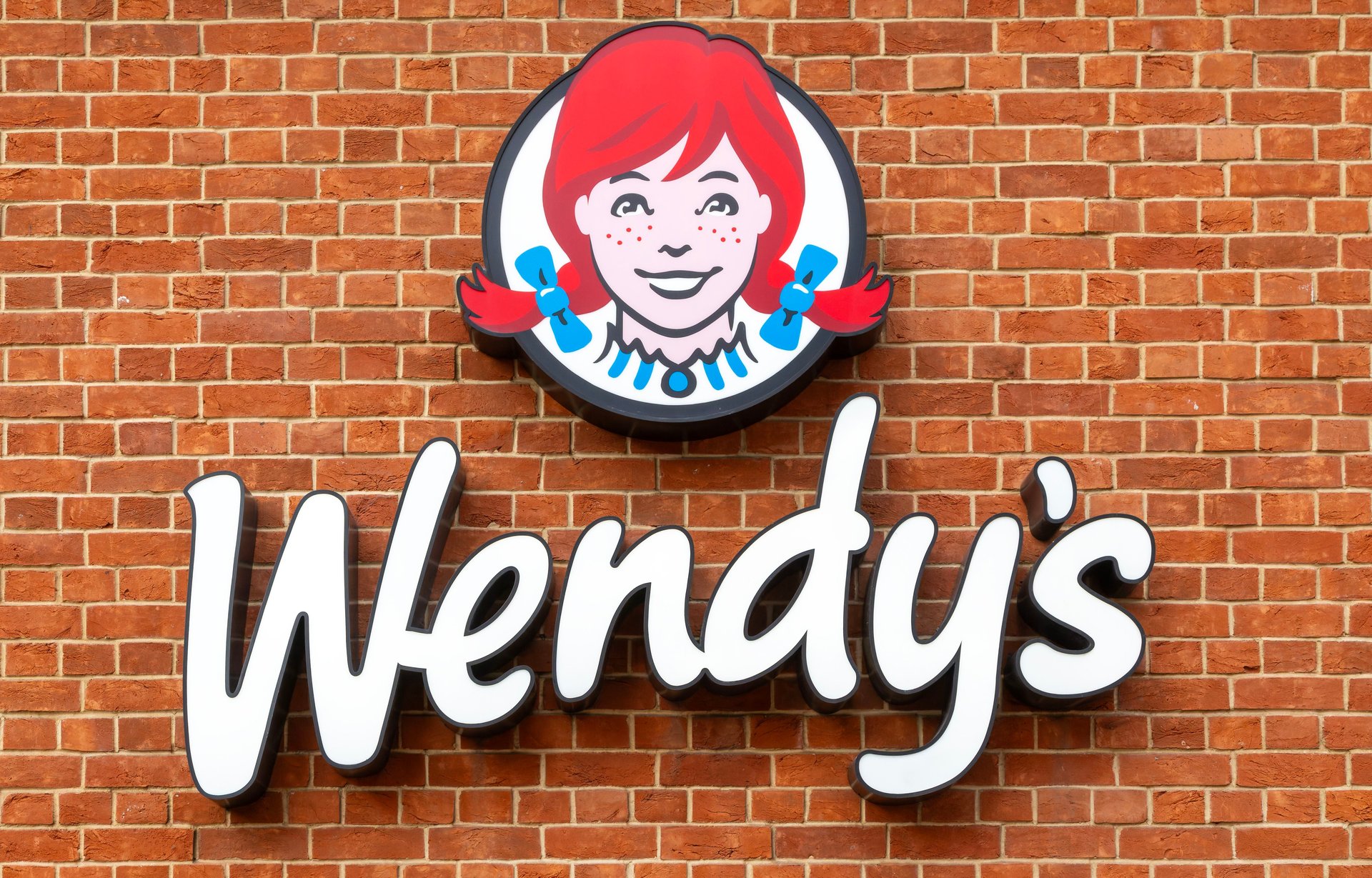Wendy's exec says it won't 'get too greedy' with pricing, following its surge pricing debacle
Wendy's faced pushback earlier this year after reports that it would implement "dynamic pricing"

Wendy’s doesn’t want another surge pricing debacle.
Suggested Reading
“We’re going to stay careful on pricing. I don’t think we’re going to get too greedy,” Gunther Plosch, Wendy’s chief financial officer, said during the company’s first quarter earnings call on Thursday.
Related Content
Plosch was not asked about and did not directly address the company’s public relations flare up in February over the possibility that it would implement surge pricing — which prompted comparisons to Uber. In a blog post that same month, Wendy’s said it had not implemented a dynamic pricing model.
Plosch said Wendy’s has hired an external pricing consultant “to make sure they’re making the right pricing decisions” as it moves forward with its new digital menu boards.
“We said these menu boards would give us more flexibility to change the display of featured items. This was misconstrued in some media reports as an intent to raise prices when demand is highest at our restaurants,” the company said. “We have no plans to do that and would not raise prices when our customers are visiting us most.”
But even so, like other fast food chains, Wendy’s is still feeling the pinch of inflation.
The Dublin, Ohio-based company said its sales have been spilt between income cohorts. Wendy’s said customers making less than $75,000, “are definitely under pressure,” adding that “they’re reducing frequency and so visitation is down.” On the other side, it is seeing “more traffic and more frequency” from higher income consumers.
Wendy’s reported a 2.6% increase in its global systemwide sales growth, according to its first quarter earnings report. That was primarily driven by an increase in same-restaurant sales growth, advertising and franchise royalty revenue, as well as its share-buyback loyalty program, it added.
Wendy’s, however, missed Wall Street’s expectations. During its first quarter, it reported revenue of $534.8 million, about $0.20 cents a share. FactSet analysts had forecasted it would generate $541 million, approximately $0.21 cents a share.